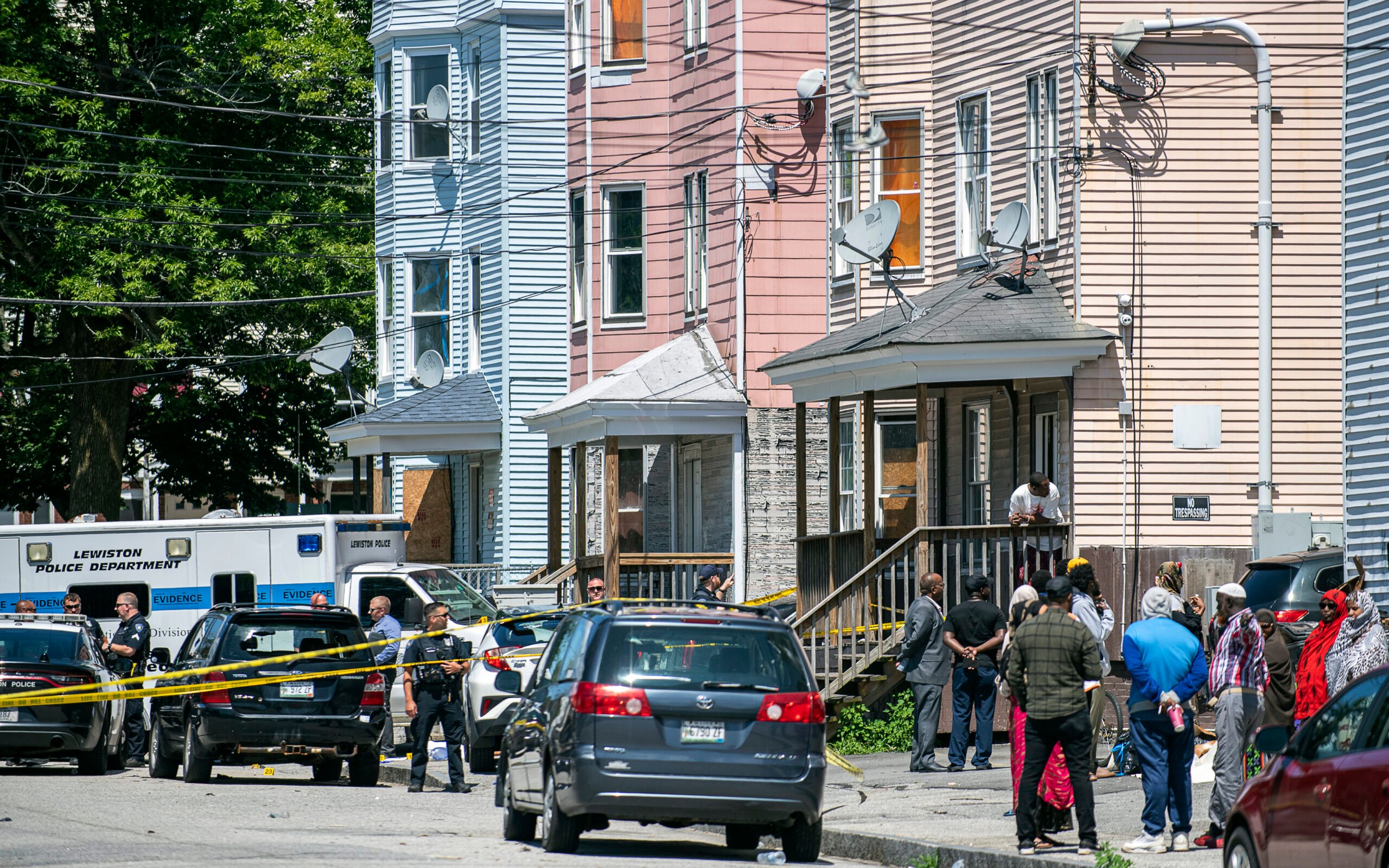The end of 2023 provided the first clear signal that the wave of violence that swept the United States during the COVID-19 pandemic is beginning to abate.
Statistics compiled by the consulting firm AH Datalytics, founded by the crime researcher Jeff Asher, show that in 175 cities, murders fell by an average of 12 percent compared to 2022. In Los Angeles, murders dropped more than 16 percent; in Houston, more than 20 percent. In Philadelphia, where the pandemic period saw killings climb to an all-time high, they plummeted more than 24 percent.
According to Asher, while some cities have yet to report their final figures for the year, the sample suggests one of the steepest national year-over-year homicide declines on record.
A deeper look at the numbers shows that the decline was uneven across the country. Murders increased in several major cities like Dallas, Memphis, and Washington, D.C. And in many others, violence still has yet to fall to pre-pandemic levels. According to the Gun Violence Archive, a nonprofit that tracks shootings through news and police reports, the United States still saw more gun homicides in 2023 than in 2019, and firearm homicides among children aged 18 and under have increased nearly 70 percent through the same period.
It remains unclear what factors are responsible for the decline, or whether increased attention to community gun violence interventions since the pandemic has had an impact. To help make sense of this landscape, we spoke to Joseph Richardson, a gun violence researcher at the University of Maryland and director of the university’s PROGRESS violence research initiative. He offered cautious optimism about the success of cities like Baltimore, and he warned that complacency on the part of state and federal legislators could risk stifling the past year’s progress.
This interview has been edited for length and clarity.
The murder rate has dropped precipitously from 2022. What explains the decline?
We have to put into context that we experienced one of the greatest spikes in homicides in 30 years alongside COVID-19. People are getting excited about this reduction, but it may be just a natural decline to where we were prior to the pandemic, as the economic, social, and psychological instability that people were experiencing during that period returns to normal. Now, why was the decline so precipitous? I don’t think any criminologist has a conclusive answer to that yet.
Do you think an increase in violence intervention efforts have played some role?
The largest investments in gun violence intervention have happened within the past three or four years, and that may have played a role in the steepness of the decline. But it isn’t realistic to expect community gun violence interventions to work overnight. The most effective intervention strategies are long-term. You don’t wave a magic wand and gun violence goes down. It takes years of investment and years of sticking to the strategy.
Baltimore stuck to its strategy even though it experienced turnover in its city violence prevention office. And 2023 was the first year Baltimore had seen under 300 homicides since 2015. Thirty, forty miles down the road in Washington D.C., where I do the majority of my work, we’ve been innovative in terms of creating solutions to prevent gun violence. But we have not stuck to seeing the strategy all the way to the end, and homicides shot up in 2023 by more than 30 percent. The tale of these two cities may provide a microcosm of what’s happening in the rest of the United States.
What larger forces make violence intervention such a complicated process?
Violence is structural. Take D.C. as an example again. D.C. has the highest disparity between Black and white unemployment in the nation. A study by the Urban Institute in 2016 showed that while the average white household had a net worth of $284,000, the average Black household’s net worth was just $3,500. If you look at disparities in life expectancy in the city, you’ll see that people in one neighborhood can expect to live 30 years longer than people in another neighborhood just across the river. These conditions have a serious effect on violence in a community. But we haven’t collectively acknowledged the structural dimension to this crisis.
If some intervention programs are working, shouldn’t we be able to build on their progress and keep homicide on a downward trend as opposed to returning to some pre-pandemic baseline?
Theoretically, the answer is of course yes. But without enough people on the ground doing evaluative work to understand the factors that drove the reductions in violence in these cities, I don’t know how we’ll be able to determine what works and what doesn’t. And where do we go from there? This is why it is critically important that federal, state, and local governments increase investments in gun violence research. Right now, unfortunately, researchers are facing challenges in obtaining funding from the Centers for Disease Control and Prevention and the National Institutes of Health.
[Republicans in Congress have proposed barring funding for gun violence research as they finalize a congressional spending bill for the coming fiscal year. The spending bill has yet to be approved.]
In other words, if we don’t know what we’re doing right, we can’t reliably replicate it.
That is the issue in a nutshell. Making sense of these declines is going to require researchers and government stakeholders to be curious about what led to the reduction in homicides. Why did it happen and how can we understand what factors contributed to it? Are some investments much more effective than others? Has there just been an abatement of pandemic stressors? We need the answers to these questions in order to chart an informed path forward.

